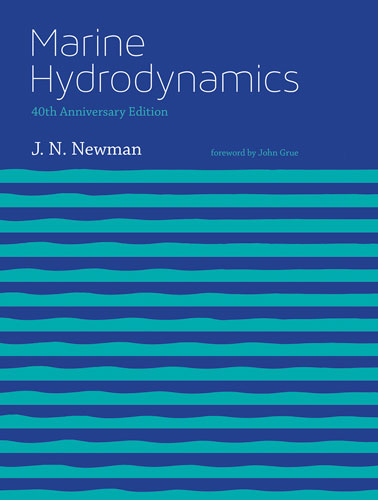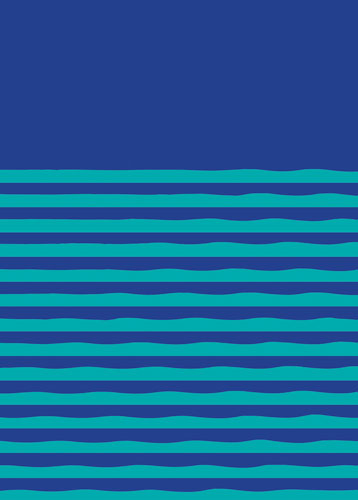Marine Hydrodynamics/Морская гидродинамика
-
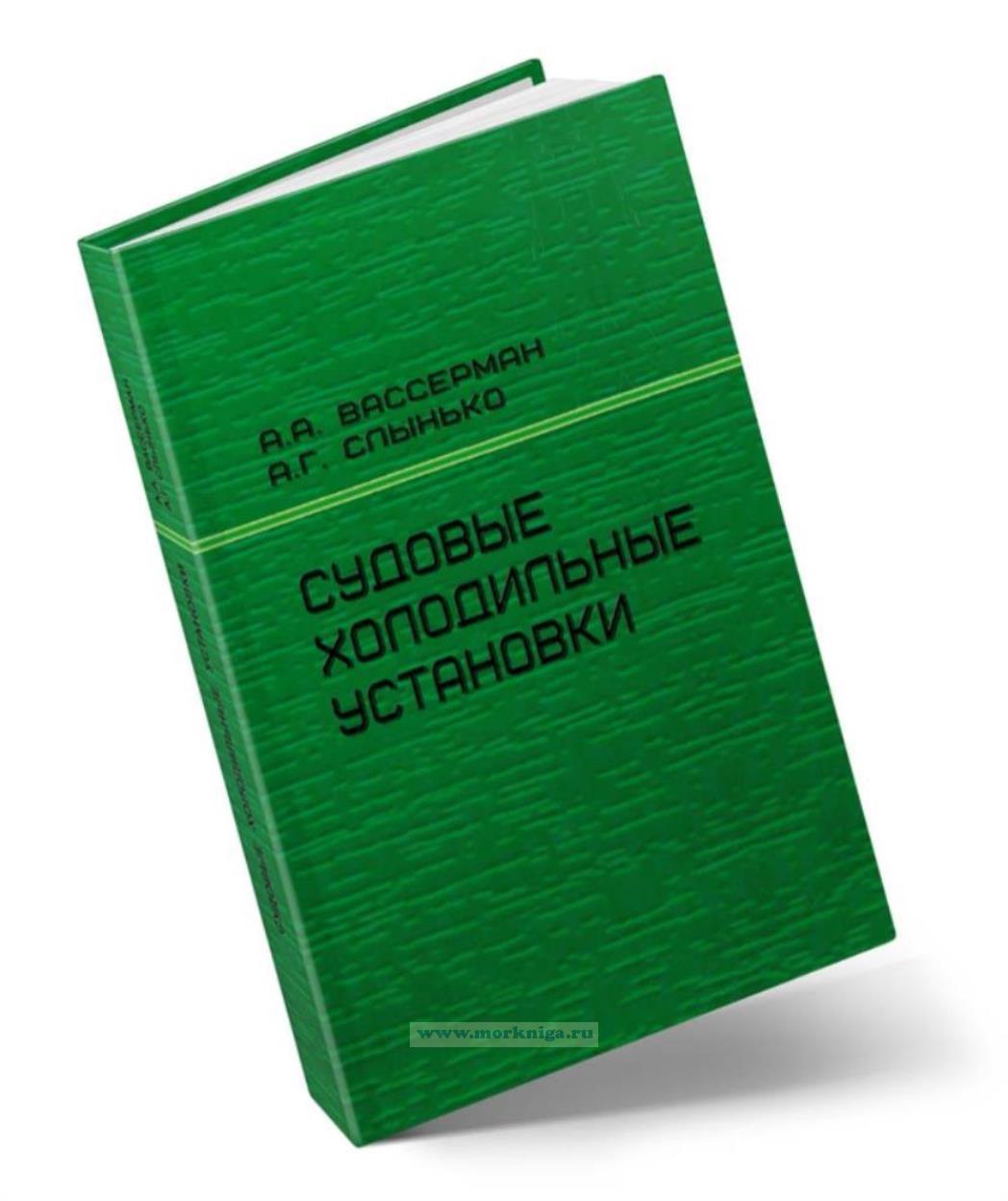 Судовые холодильные установки
Судовые холодильные установки
-
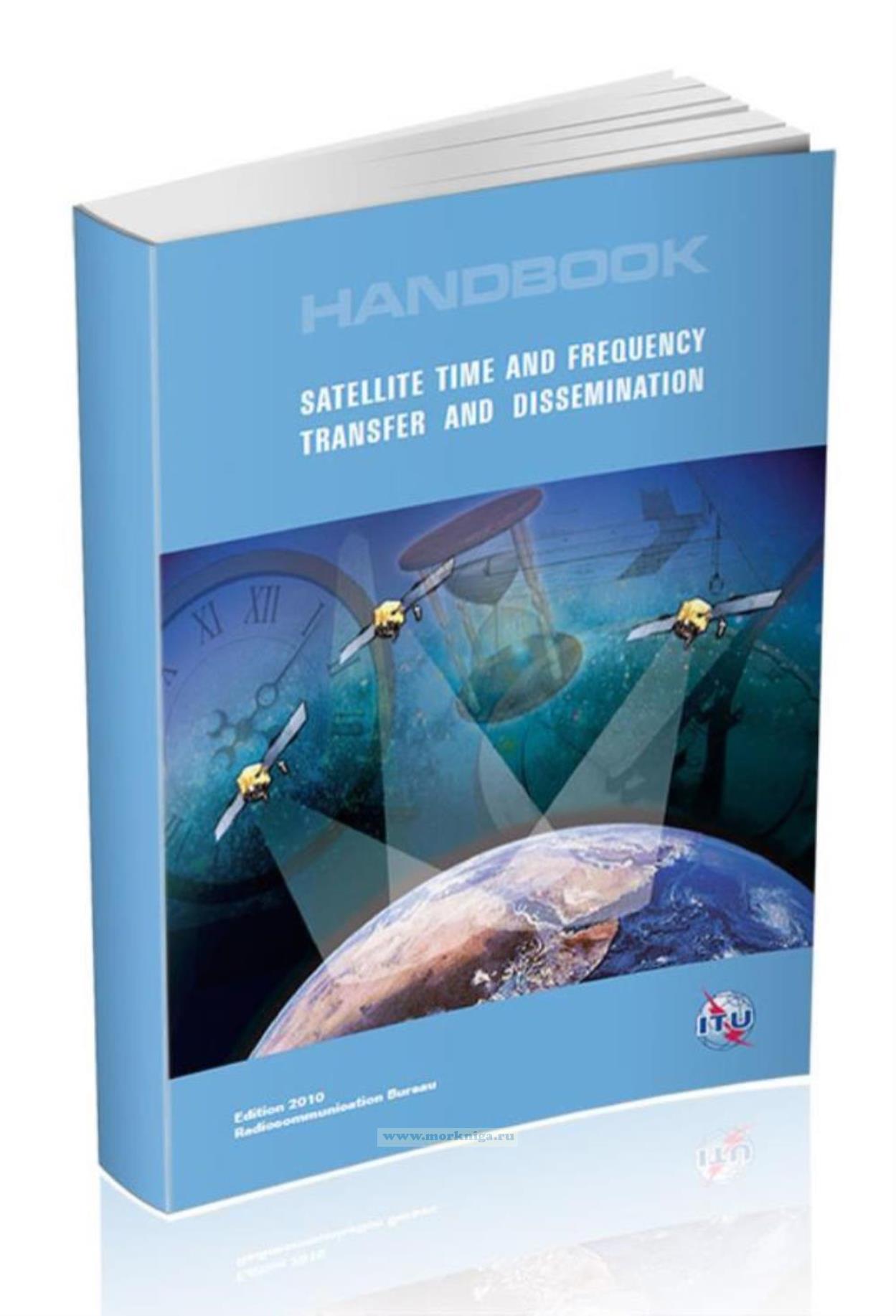 Handbook. Satellite time and frequency transfer and dissemination/Справочник. Спутниковая передача и распространение сигналов времени и частоты
Handbook. Satellite time and frequency transfer and dissemination/Справочник. Спутниковая передача и распространение сигналов времени и частоты
-
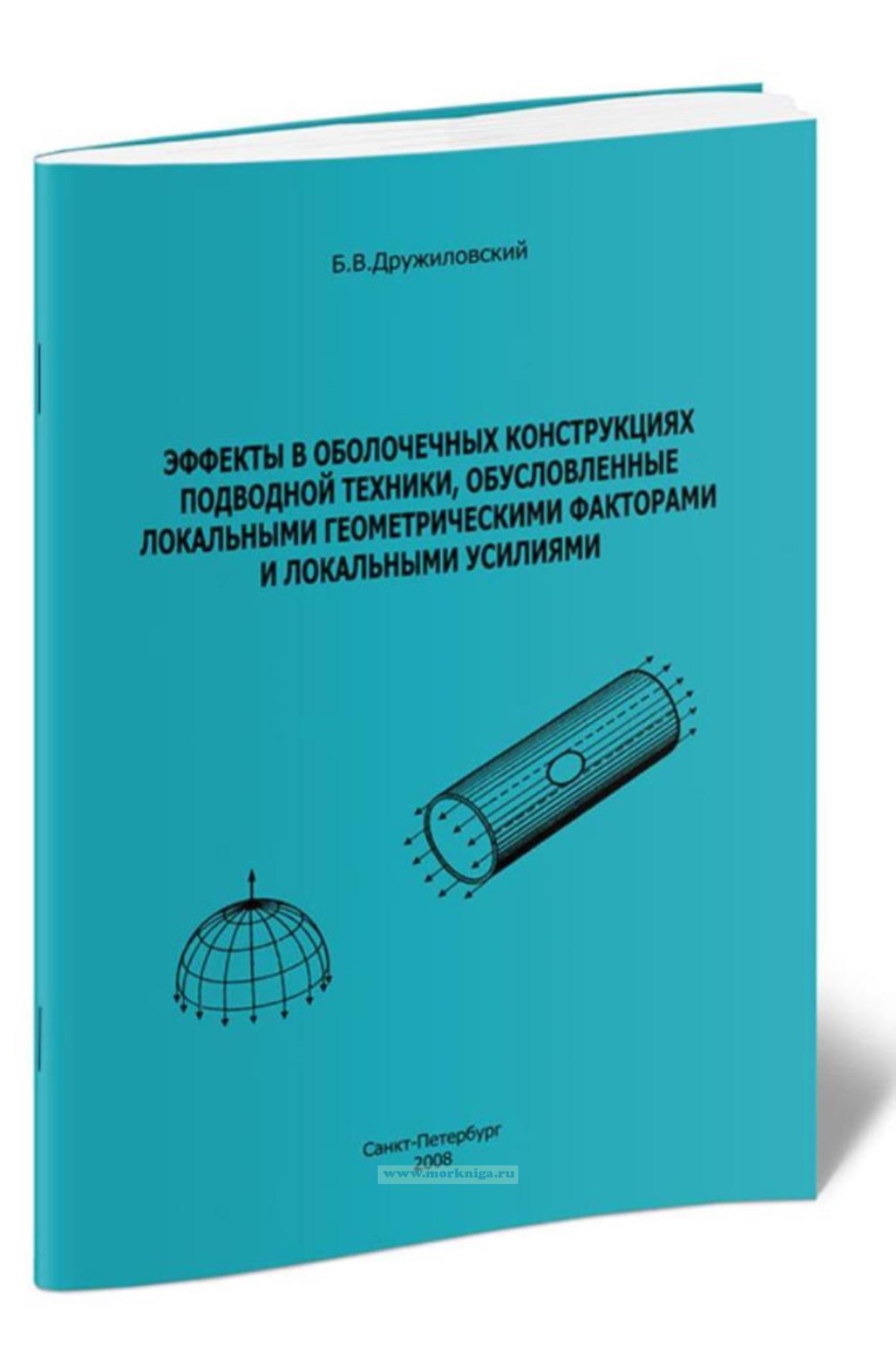 Эффекты в оболочечных конструкциях подводной техники, обусловленные локальными геометрическими факторами и локальными усилиями
Эффекты в оболочечных конструкциях подводной техники, обусловленные локальными геометрическими факторами и локальными усилиями
Издание на английском языке
The field of marine hydrodynamics has broadened greatly over the past 40 years, with applications to a wide variety of vessels and structures. These include systems for converting energy from the wind, waves, and currents; yachts, high-speed vessels, aquaculture facilities, and various types of submerged vessels; and traditional applications to ships and offshore platforms. The support for education and research has grown accordingly; it is gratifying that the term "marine hydrodynamics" has become ubiquitous for university departments, research laboratories, conferences, and publications.
The basic topics of the field are unchanged, corresponding broadly to the chapters of this text. Numerical methods that extend the applications of the theory have been developed. Practicing engineers and naval architects are now making routine use of well-established programs to optimize their designs and predict performance. These programs include Navier-Stokes solvers, which analyze viscous effects including turbulence, and "panel" programs based on boundary-integral equations to solve potential flow problems including lifting and wave effects. This evolution has been accelerated by the universal access to computers of increasing capacity and convenience. Nevertheless, it is essential to understand the underlying principles covered in this text, and to compare the results of computations with simpler approximations to be confident of their validity. I am grateful to the MIT Press for suggesting this special edition and for making it available economically, both as a paperback and as an open access e-book. I am especially grateful to Professor John Grue for the foreword, which reflects his long experience using this text.
Contents
Foreword
Preface to the 40th Anniversary Edition
Preface to the First Edition
1 Introduction
2 Model Testing
2.1 Falling Body in a Vacuum
2.2 Pendulum
2.3 Water Waves
2.4 Drag Force on a Sphere
2.5 Viscous Drag on a Flat Plate
2.6 Viscous Drag on General Bodies
2.7 Hydrofoil Lift and Drag
2.8 Screw Propeller
2.9 Drag on a Ship Hull
2.10 Propeller-Hull Interactions
2.11 Unsteady Force on an Accelerating Body
2.12 Vortex Shedding
2.13 Wave Force on a Stationary Body
2.14 Body Motions in Waves
2.15 Ship Motions in Waves
Problems
References
3 The Motion of a Viscous Fluid
3.1 Description of the Flow
3.2 Conservation of Mass and Momentum
3.3 The Transport Theorem
3.4 The Continuity Equation
3.5 Euler's Equations
3.6 Stress Relations in a Newtonian Fluid
3.7 The Navier-Stokes Equations
3.8 Boundary Conditions
3.9 Body Forces and Gravity
3.10 The Flow between Two Parallel Walls (Plane Couette Flow)
3.11 The Flow through a Pipe (Poiseuille Flow)
3.12 External Flow Past One Flat Plate
3.13 Unsteady Motion of a Flat Plate
3.14 Laminar Boundary Layers: Steady Flow Past a Flat Plate
3.15 Laminar Boundary Layers: Steady Two-Dimensional Flow
3.16 Laminar Boundary Layers: Closing Remarks
3.17 Turbulent Flow: General Aspects
3.18 Turbulent Boundary Layer on a Flat Plate
3.19 The 1/7-Power Approximation
3.20 Roughness Effects on Turbulent Boundary Layers
3.21 Turbulent Boundary Layers: Closing Remarks
Problems
References
4 The Motion of an Ideal Fluid
4.1 Irrotational Flows
4.2 The Velocity Potential
4.3 Bernoulli's Equations
4.4 Boundary Conditions
4.5 Simple Potential Flows
4.6 The Stream Function
4.7 The Complex Potential
4.8 Conformal Mapping
4.9 Separation of Variables
4.10 Fixed Bodies and Moving Bodies
4.11 Green's Theorem and Distributions of Singularities
4.12 Hydrodynamic Pressure Forces
4.13 Force on a Moving Body in an Unbounded Fluid
4.14 General Properties of the Added-Mass Coefficients
4.15 The Added Mass of Simple Forms
4.16 The Body-Mass Force
4.17 Force on a Body in a Nonuniform Stream
4.18 The Method of Images
Problems
References
5 Lifting Surfaces
5.1 Two-Dimensional Hydrofoil Theory
5.2 Linearized Two-Dimensional Theory
5.3 The Lifting Problem
5.4 Simple Foil Shapes
5.5 Drag Force on a Two-Dimensional Foil
5.6 Two-Dimensional Source and Vortex Distributions
5.7 Singular Integral Equations
5.8 Three-Dimensional Vortices
5.9 Three-Dimensional Planar Lifting Surfaces
5.10 Induced Drag
5.11 Lifting-Line Theory
5.12 Cavity Flows
5.13 Symmetric Cavity Flows
5.14 Supercavitating Lifting Foils
5.15 Unsteady Hydrofoil Theory
5.16 Oscillatory Time Dependence
5.17 The Sinusoidal Gust Problem
5.18 Transient Problems
Problems
References
6 Waves and Wave Effects
6.1 Linearized Free-Surface Condition
6.2 Plane Progressive Waves
6.3 Finite-Depth Effects
6.4 Nonlinear Effects
6.5 Mass Transport
6.6 Superposition of Plane Waves
6.7 Group Velocity
6.8 Wave Energy
6.9 Two-Dimensional Ship Waves
6.10 Three-Dimensional Ship Waves
6.11 The Method of Stationary Phase
6.12 Energy Radiation and Wave Resistance
6.13 Thin-Ship Theory of Wave Resistance
6.14 Wave Pattern Analysis
6.15 Body Response in Regular Waves
6.16 Hydrostatics
6.17 Damping and Added Mass
6.18 Wave-Exciting Force and Moment
6.19 Motion of Floating Bodies in Regular Waves
6.20 Ocean Waves
6.21 Motions of Bodies in Irregular Waves
Problems
References
7 Hydrodynamics of Slender Bodies
7.1 Slender Body in an Unbounded Fluid
7.2 Longitudinal Motion
7.3 The Lateral Force
7.4 Ship Maneuvering: The Hydrodynamic Forces
7.5 Ship Maneuvering: The Equations of Motion
7.6 Slender Bodies in Waves
7.7 Strip Theory for Ship Motions
7.8 Slender Bodies in Shallow Water
Problems
References
Appendix: Units of Measurement and Physical Constants
Notes
Index
